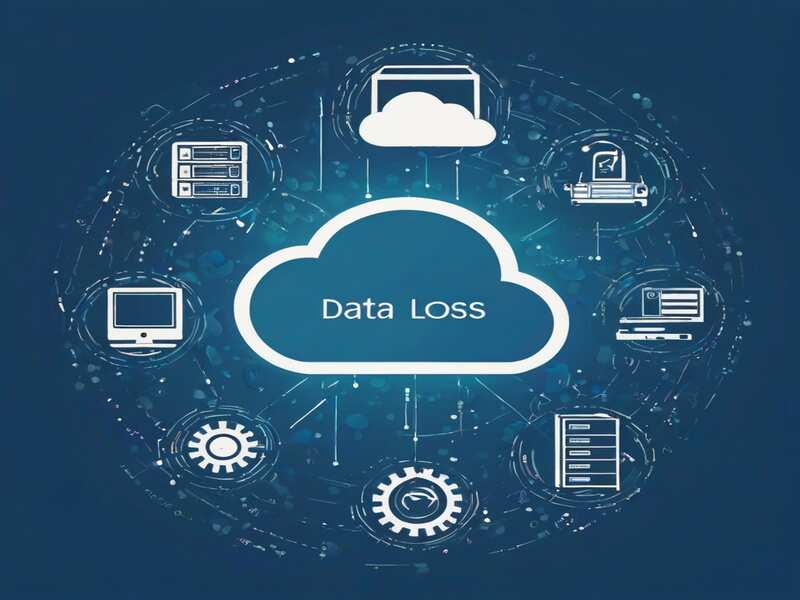Veeam Tutorial for Beginners
The biggest challenge for any small enterprise is to look after securing their data when it’s involved in various storage platforms.
Managing & storing a data is always a difficult task.
With the continuous changes in the regulatory compliances & governance standards leads to various changes.
Be it a consumer or an employee they need to access the right data at a given point of time without any issue.
Enterprises always have this challenge when they think how do they jump across the line? There comes the solution in the form of Veeam Backup.
So, in this Veeam tutorial you’ll learn about various concepts of Veeam.

What is Veeam Backup Solutions?
Veeam Backup solutions is one of the leading software’s introduced in the market as a backup & recovery tool for small businesses.
The features provided by it is very easy to use.
There is no need of individual labor to look after each and every task performed.
Its powerful abilities can make your task easy.
And the pricing is affordable for any smaller organizations.
The Veeam platform provides backup, recovery, monitoring & reporting across Cloud, VM’s & Physical data storages.
Veeam Backup from Storage Snapshots:
One of the important features involved in Veeam backup is to have backup from storage snapshots. It compliments vSphere snapshot technology.
It uses storage snaps as a source for data backup & replication.
This results in the efficient use of delta files & reduces the time of snap commits.
The primary benefit of using backup from storage snapshots is to avoid potential VM stunning when VMware is committing its snapshots.

A stun operation pauses the execution of a VM at an instructional boundary and allows any in-flight disk I/O to be completed.
This process can lead to lengthy backup windows and application timeouts when the stun ingestion consolidation process is not effectively managed.
Veeam analyzes the VMs hosted by the job, triggers the vCenter server to create a VMware vSphere snapshot for these VMs, and then gets change block tracking information from those VMs.
It sends instructions to the storage system to create snapshots of the storage volume or LUN that host VMs and vSphere snapshots reside on.
After the VM data process is finished, Veeam unmounts the storage snapshot from the backup proxy and instructs the storage system to remove the snapshots.

Veeam Backup Training

How to understand your backup Needs?
Veeam Backup provides you various backup options such as:
Image Level
Volume level &
File Level.
Image level backups are versatile and can be used to backup virtual machines, physical servers, workstations, and endpoints.
Volume level backups are specific to specific systems and can be used for data captures.
File level backups can be used for NAS backup engines and can be used for large data expanses.
Veeam offers a variety of backup options for various operating systems, hypervisors, and even the cloud.
Its image-based virtual machine backups are suitable for VMware, Hyper-V, Nutanix, and other hypervisors.
Modern data protection encompasses backup and recovery, cloud mobility, analytics, monitoring, orchestration, automation, governance, and compliance.
Veeam’s cloud data management platform is powered by its backup and replication capabilities, allowing users to capture data and perform flexible backups across their environment.

Veeam backup Copy Job:
Veeam backup copy job allows copying of an existing backup file into cloud, VM & physical environments.
Configuring a backup copy job and applying rules during the process are essential steps.
The Copy job uses compression and deduplication to improve bandwidth.
The first time the job is run, it creates a full-size copy of the backup file in the remote location.
The job is listed under Jobs, including backup copy jobs.
Users can select how many copies or how often they want to create copies, and can choose by hour or minute.
Users can also select a specific backup repository to ensure they are pulling information from the right repository.
The target backup repository is specified, and the amount of most recent restore points and retention policies for full backups are also specified.
Data transfer options include direct transfer from the source to the target repository or through built-in WAN accelerators.
How to create VM Backup Job?
The first step is to give a unique name for the backup job.
Next, users can add virtual machines to the job by selecting “Add” and then “Data Stores and Virtual Machines.”

Users can also select tags to configure the backup job.
The next step is to choose a backup proxy and configure the secondary destination job. Users can choose from multiple repositories and configure backup copy configuration
If desired, users can also create active full backups periodically or choose Weekly to the Days option.

Veeam Backup Training

How to install Veeam ONE? (V 9.5) (Windows 2012 Server)
The process begins with selecting the executable or disk image file and loading it into the D drive.
The setup file is then selected, and the installation type is chosen.
Service account credentials are added, and the SQL Server instance page is used.
Performance data caching is selected, and the data collection mode window shows three options: optimized for typical deployments (less than 100 hosts and 1500 VMs), advanced scalability deployment (above 100 hosts and 1500 VMs), and backup data only.
After the installation is complete, the VM1 monitor utility is opened, and the user logs in using Windows Session credentials.
The VM1 monitor interface opens, and the user can view the installed key.
The license information option is available, and the current key is displayed.
The user can then install a license through the VeeamOne monitor tool, but the license will only be loaded if the license is the same.

How to create Continuous Data Protection (CDP) in Veaam?
The steps begin with setting up of backup infrastructure, leveraging VMware’s VAIO filter to manage clusters or hosts.
Next moves to the job section, where users can create another CDP policy using the ribbons.
The policy name, advanced feature sets, and virtual machines can be added to the policy. The policy can also be customized at higher levels to ensure auto-replication.
The next step is to choose a destination for the policy, including the resource pool, VM folder, and data store.
The policy has both long-term and short-term retention options, allowing for longer periods of time and application consistency.
After creating the policy, users can check the guest processing settings, which ensures that applications are queued before backing them up and ensuring clean CDP rights are transferred to the DR site. This allows for the handling of permissions, users, and other relevant information.
How to Monitor & Analyze Performance with VeeamONE?
VeeamOne Monitor is the first key area of VeeamOne, providing a high-level view of everything happening across the infrastructure holistically.
It allows users to connect to all relevant resources within their infrastructure, including VMware shops, Hyper-V, SEVMM clusters, VCD, or vCloud Director infrastructures, and Veeam for backup and replication.
The monitor also provides health dials for hosts, data stores, and virtual machines, providing quick insights into the environment.

The alarms tab displays warnings and errors for everything across the board, with filters for error levels and host-specific errors.
VeeamOne also offers remediation actions, automating resolution steps if selected automatically. Remediation actions include adding a Veeam to a backup job manually.
However, warnings may indicate that Veeam does not have restore points, which could be by design or due to oversights.
Veeam’s Data Protection View is a key advantage over other monitoring solutions, as it provides context into how Veeam is using a Windows server.
This integration allows for monitoring metrics like job frequencies, dedupe, compression rates, retention policies, and data set sizes, as well as capacity planning on backup repositories.
Veeam also offers dashboard-style views of proxy servers, allowing for a better understanding of their usage.

Veeam Backup Course Price


K. Madhavi
Author
Bonjour. A curious dreamer enchanted by various languages, I write towards making technology seem fun here at CloudFoundation.